Date: 11 July 2014
Choosing windows with low-E glass, however, reduces the cost of staying cool.
In hot climates, homeowners and building occupants need to know all their options for keeping cool air inside and hot air outside.
One option is installing windows with low-E (low-emissivity) glass. Emissivity describes how a window radiates the heat it absorbs and is one of the main ways heat is transferred.
Low-E glass can filter 40 to 70 percent of the heat that is normally transmitted through standard window glass. It works by reflecting heat back to its source.
Glazed with an ultra-thin metallic coating – thinner than a human hair – low-E glass filters out the infrared (heat) portion of the light spectrum while allowing the full amount of visible light to pass through. This spectrally-selective filtering reduces solar heat gain, decreasing the need for air conditioning and also reduces dependence on artificial lighting. Additionally, low-E glass filters out harmful ultraviolet rays, preventing fading to your carpet, furniture, and other valuables.
Think of low-E glass as you would a thermos. When cold liquid is stored inside, its silver lining repels heat from the outside. This constant reflection maintains the internal temperature. Additionally, the air space between the silver lining and the exterior of the thermos contributes to the insulating value of the lining – similar to an insulating glass unit.
Heat transfer in multi-layer glazing occurs through thermal radiation from a warm pane of glass to a cooler pane. When low-E glass faces the gap between the glass layers, it blocks a large portion of this radiant heat transfer, lowering total heat flow through the window.
When heat reduction is a priority, so the low-E coating should be on the number two surface. This is the inside-facing surface of the outside pane.
While windows with low-E glass generally cost 10 to 15 percent more than windows with standard glass, they can increase energy efficiency by 30 to 50 percent.
Low-E coatings are usually applied during manufacturing, but there are also low-E window films available for do-it-yourselfers. These films are more economical alternative than replacing windows and will last for 10 to 15 years.
The U.S. Department of Energy (DOE) estimates that 30 percent of the energy wasted in commercial buildings and 40 percent of the energy required for cooling homes can be attributed to inefficient windows.
Although opting for windows with low-E glass represents a greater initial investment, its many benefits pay you back over time. What’s more, improving energy efficiency in homes and buildings helps boost the economy, improves health, and protects the environment.
Contact Tom Herron at 240-821-9505 to learn more about the important role windows, doors, and skylights play in making homes and buildings more comfortable and energy efficient.

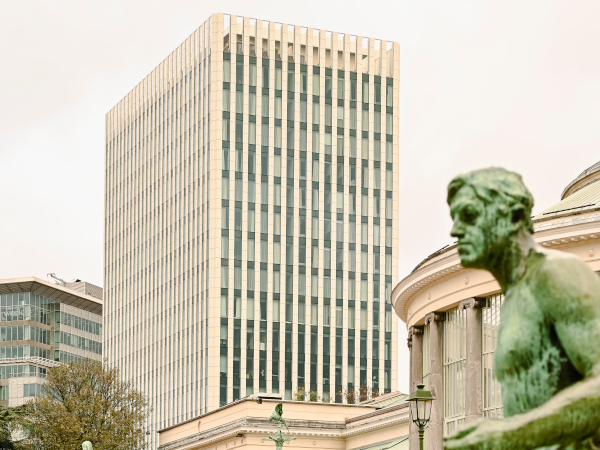
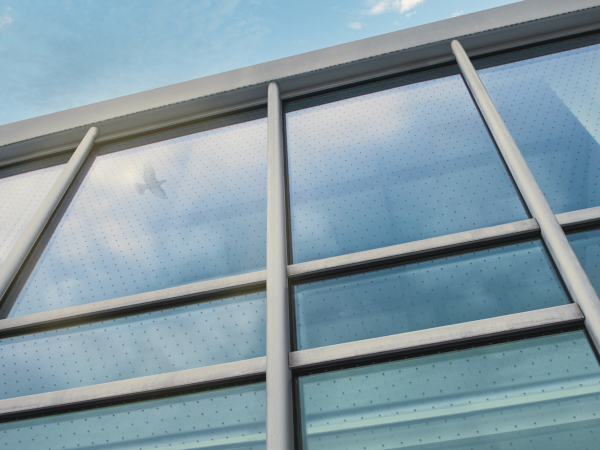

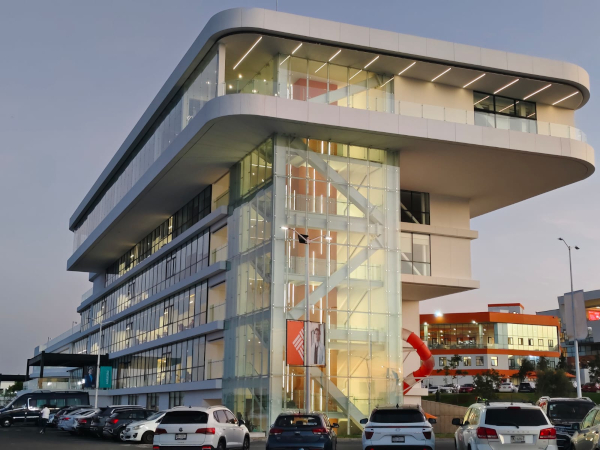
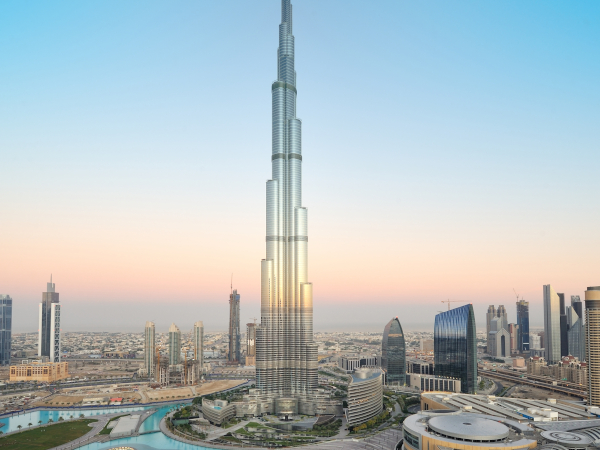










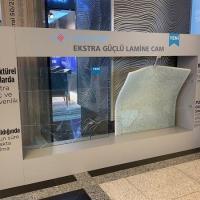
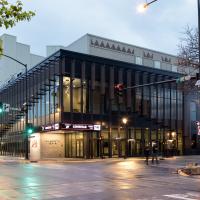
Add new comment